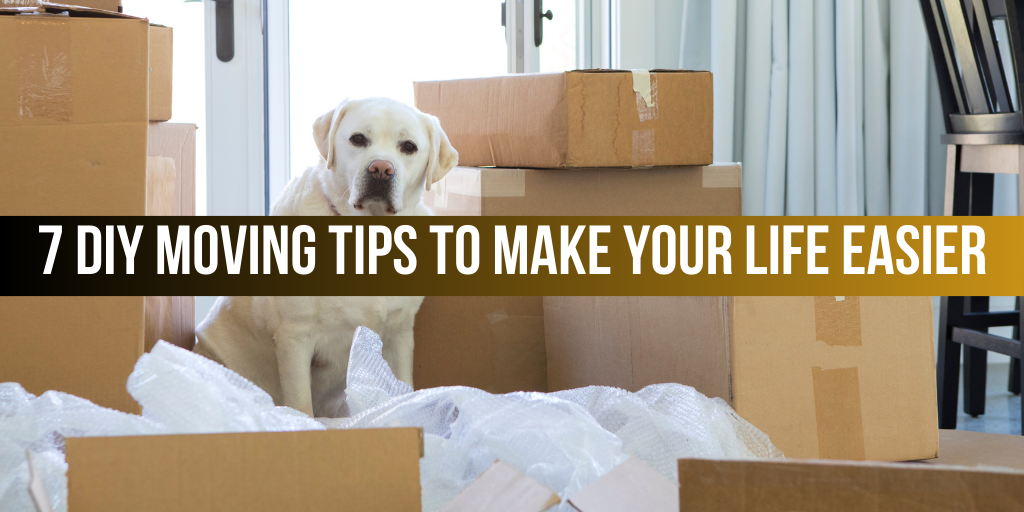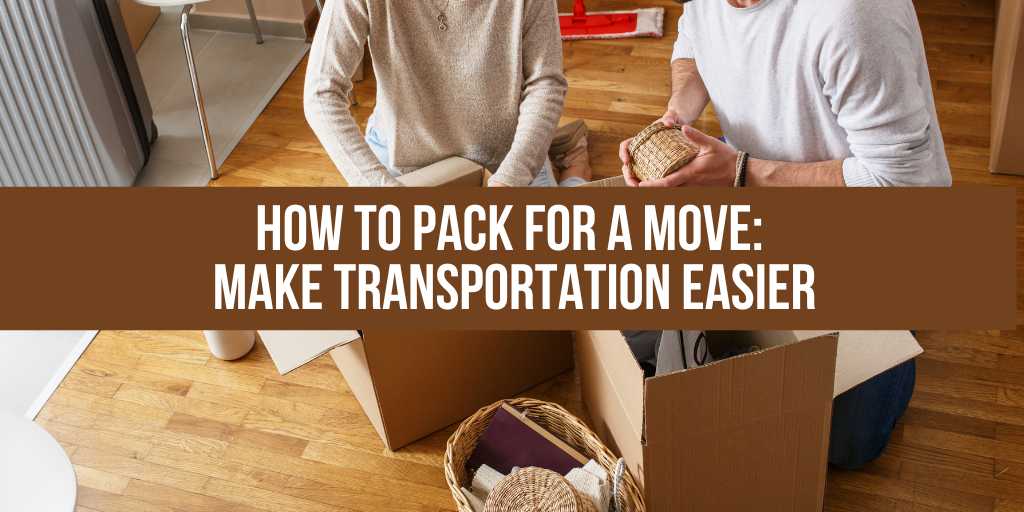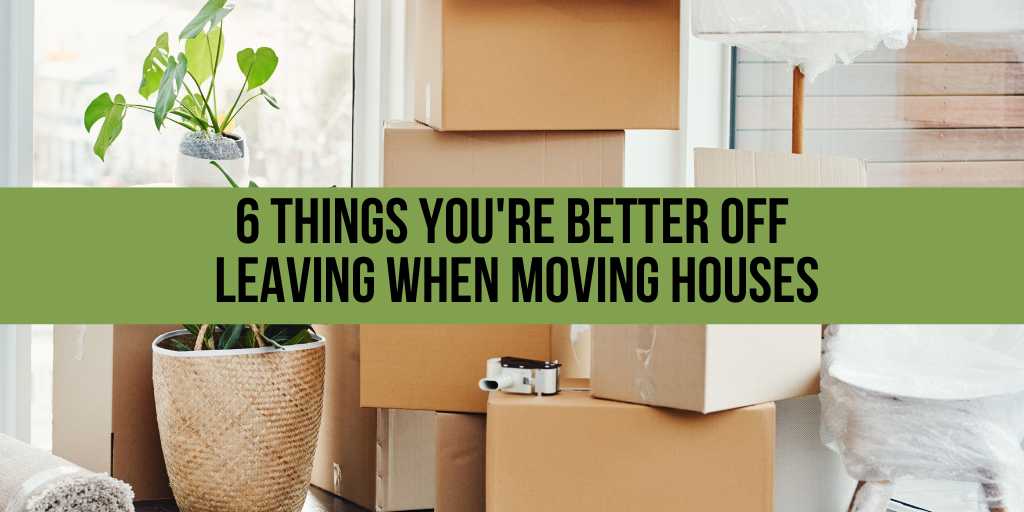
Did you know you could spend upwards of $7,000 on a long-distance move? And that cost only factors in the price of materials, hiring movers, and renting a vehicle. There are so many factors that can bump that price much higher.
Moving is stressful enough without having to figure how to save up a huge chunk of money. It shouldn’t matter if you’re moving cross country or down the street; moving shouldn’t put a huge dent in your bank account.
So how do you save cash when you have to move homes? Follow this collection of the best moving tips to save you money no matter where and when you move.
Continue reading “Moving Tips to Save Money”







